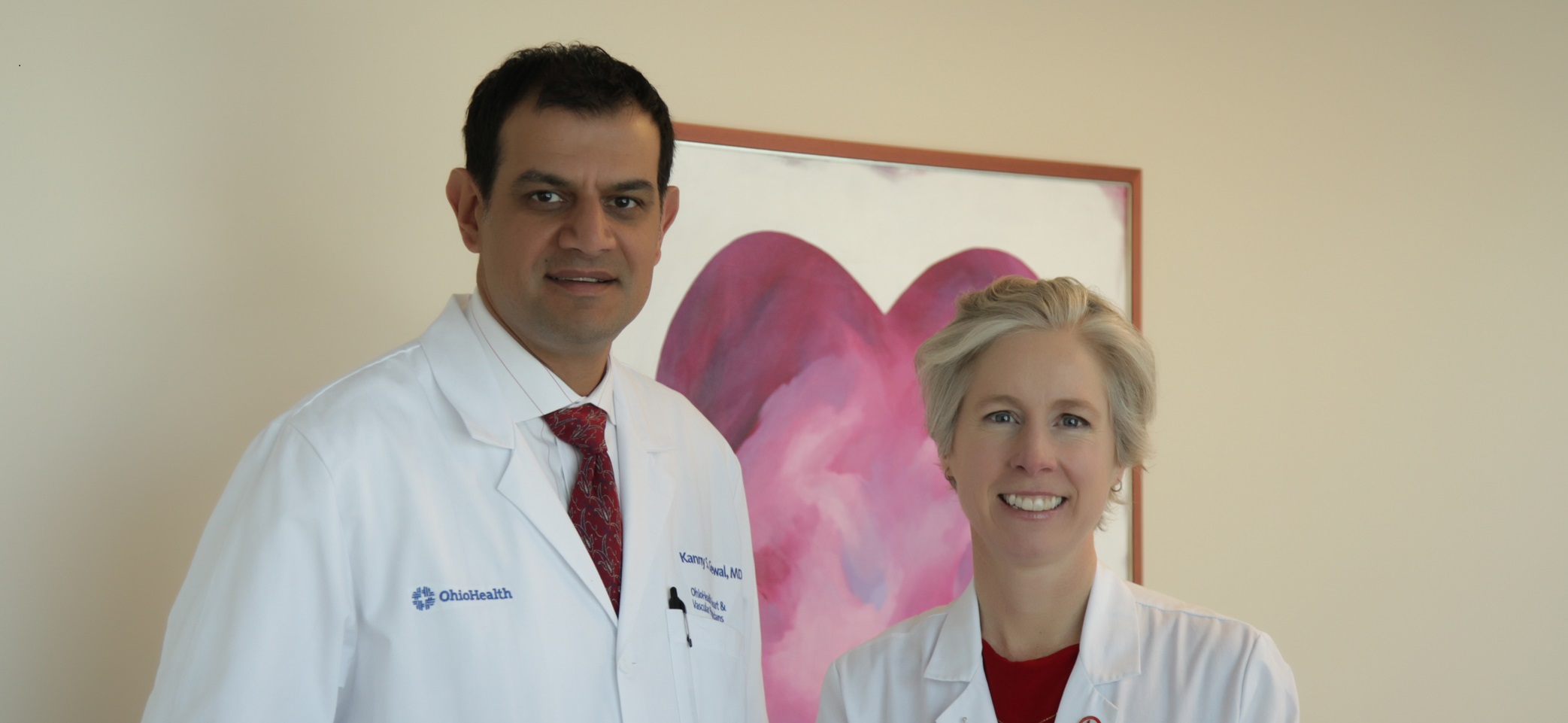 Heart and Vascular Health result from a mix of a lot of different ingredients; we cover many of these ingredients here at the Heart Health Doctors (for example exercise, diet). Think of mixing or using the best ingredients possible (healthy weight, not smoking, healthy diet, staying active) as PRIMARY prevention (for someone who has never had a heart event).
Heart and Vascular Health result from a mix of a lot of different ingredients; we cover many of these ingredients here at the Heart Health Doctors (for example exercise, diet). Think of mixing or using the best ingredients possible (healthy weight, not smoking, healthy diet, staying active) as PRIMARY prevention (for someone who has never had a heart event).
Another important way to work on the ‘ingredients’ is by SECONDARY prevention – how to regain strength, heal after injury, and build back to great Heart & Vascular Health after an EVENT.
Cardiac Rehab is how. The event that will trigger going to Cardiac Rehab may be having a heart stent, a heart attack, open heart surgery for bypass of blocked heart arteries, valve replacement or repair, chest pain or angina, or most recently, a diagnosis of congestive heart failure; even a combination of these.
It would be great to have Cardiac PREhab programs; for now that is what we do at our blog – education for maintaining heart and vascular health.
Cardiac Rehab remains the program that can reduce mortality (death) by 25% if people who have had a heart event complete the program when compared with people who have had a heart event who did not complete a Cardiac Rehab program.
This CardioSmart video gives a great overview of Cardiac Rehab.
The benefits of Cardiac Rehab in our communities cannot be overstated. Often patients will tell me that they plan to “exercise on their own” or that (women here) they are busy making sure their families are organized and cared for, so “no time.” One program offers discount rate for a spouse to attend rehab sessions and exercise with the patient to help increase participation. I encourage and – to use doctor terminology – order my patients to enroll and participate in Cardiac Rehab despite excuses.
At Cardiac Rehab the exercise is monitored – so the patient’s physician learns of any heart arrhythmia, or of any blood pressure issue (under or over treatment). The patient learns about their heart disease, heart healthy habits, how to follow their personal exercise prescription, eat heart healthy, and how to identify and manage stress. It is time well spent. A challenge for patients of late unfortunately can be cost; many programs have financial aid to help patients attend and complete a rehab program, but I had no argument for my patient whose co-pays for cardiac rehab would have approached $2000 for his sessions. He simply could not participate. The hope is that that is an exception; insurers have the data that shows Cardiac Rehab programs result in patients having fewer followup procedures, come out with better quality of life, and are more prepared to succeed with SECONDARY prevention.
Often patients have up to a year to enroll in a Cardiac Rehab program after a qualifying heart EVENT. Make it a priority to include this therapy and improve Heart & Vascular Health.
